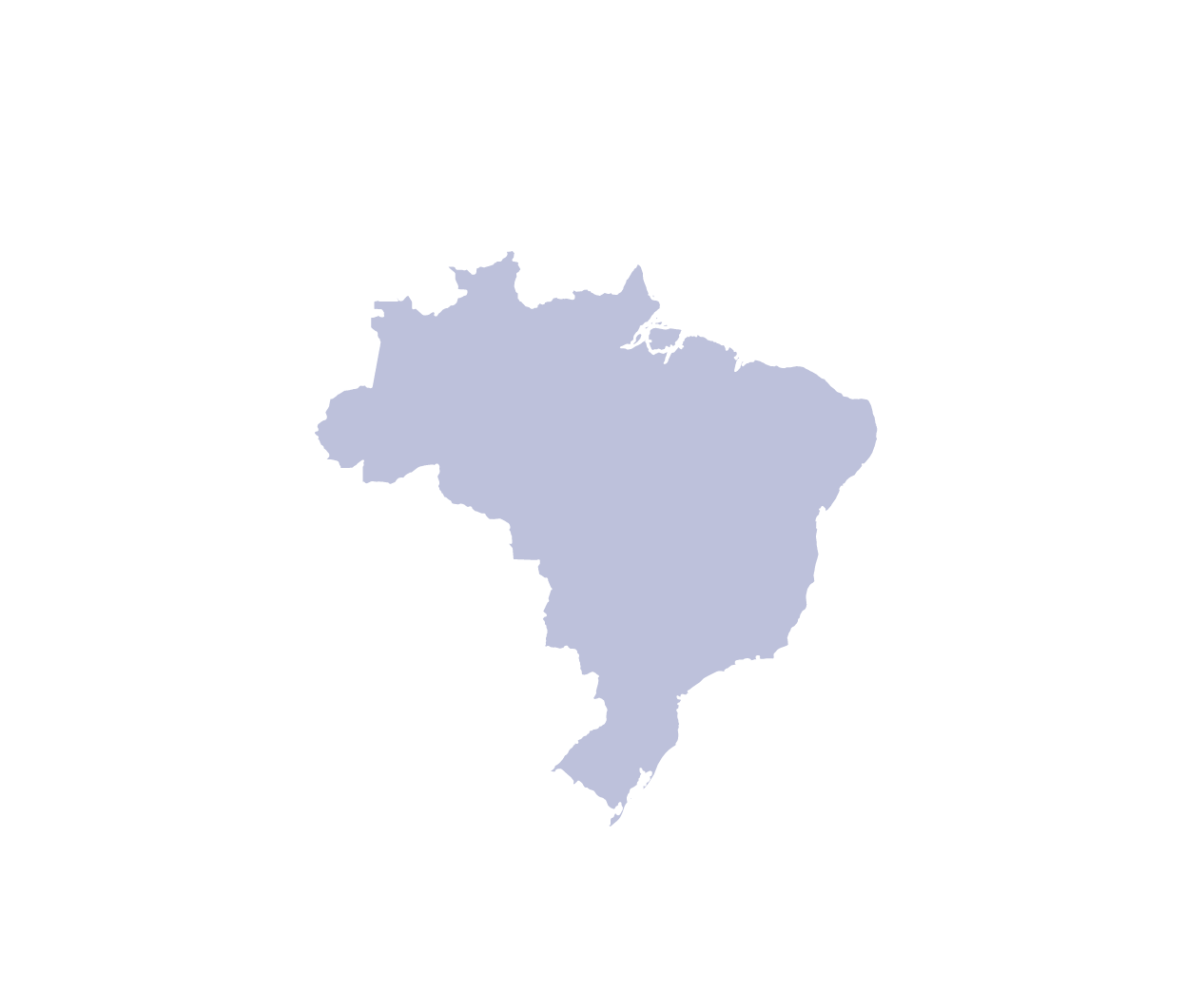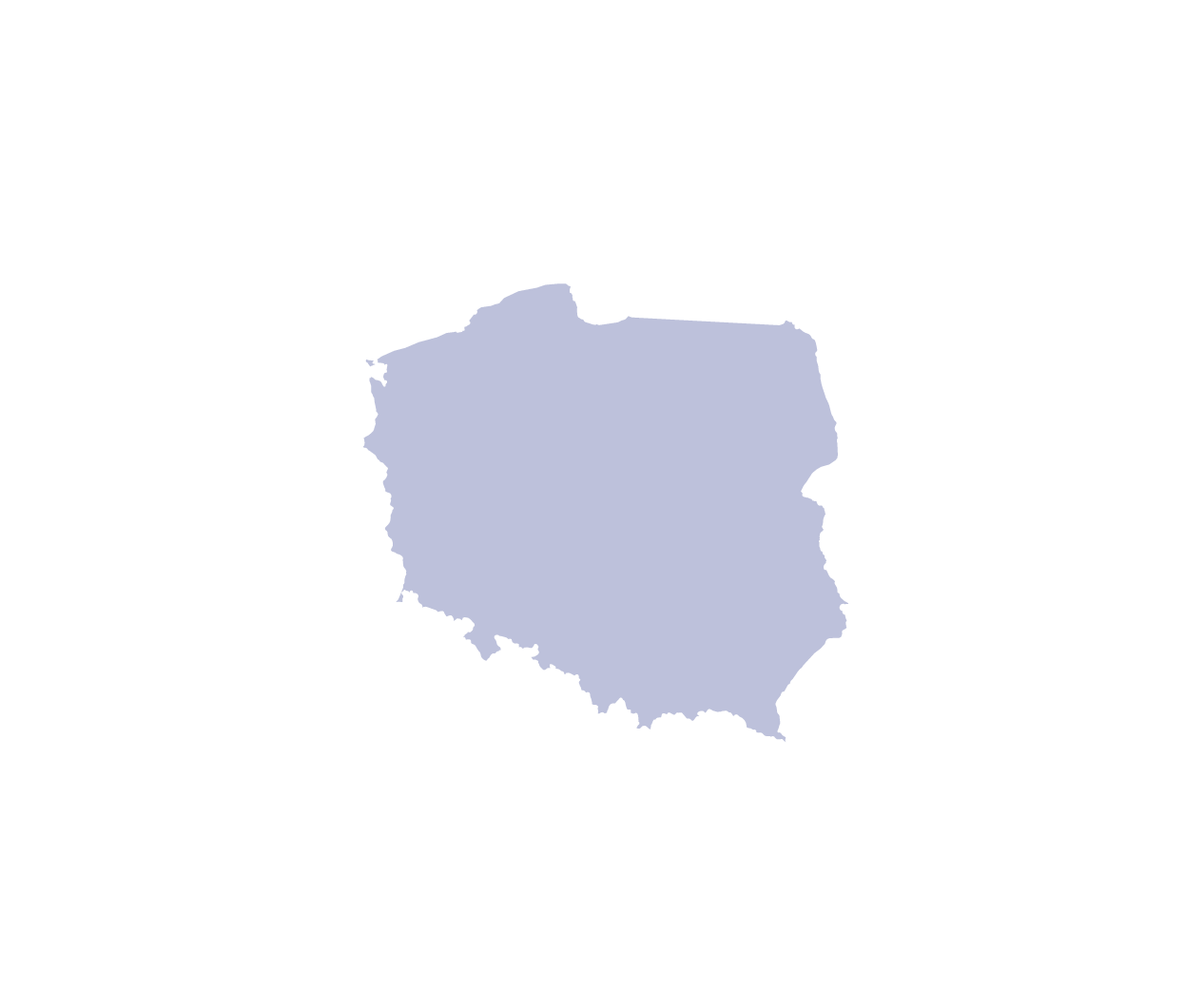Boiler pressure parts are vulnerable to corrosion when exposed to moisture and oxygen during shutdowns. Wet preservation involves filling or flooding these parts with DM water to prevent rust; however, water can sometimes accelerate corrosion if not managed properly.
This Kaizen initiative demonstrates how innovative preservation techniques in the process industry can improve equipment longevity, reduce energy usage, and enhance overall operational efficiency during extended shutdowns.
Problem description:
In process industries, prolonged shutdowns pose a significant risk of rust accumulation on critical pressure parts such as boiler tubes, headers, and steam drums. This corrosion can lead to leakage or malfunctioning, resulting in costly repairs and operational delays. Traditionally, wet preservation using Demineralized (DM) water has been employed to protect these components. However, wet preservation has limitations, including the potential for corrosion and higher maintenance efforts.
Solution:
To address the corrosion risks during prolonged shutdowns in process industries, dry preservation using nitrogen gas was introduced as a replacement for traditional wet preservation with DM water. Nitrogen, being an inert gas, effectively displaced moisture and oxygen from boiler tubes, headers, and steam drums, thereby minimizing rust formation and corrosion-related failures.
This method eliminated the need for continuous monitoring and operation of auxiliary equipment like pumps, reducing energy consumption and mechanical wear. By creating an oxygen-free environment, nitrogen preservation ensured safer, more reliable protection of pressure parts, lowered maintenance demands, and improved overall shutdown efficiency.


